Croatia in Winter: Why to Skip It & What to Do If You Go
I know that many bloggers will recommend Croatia in winter for an extended holiday or quick vacation saying that winter season is the best time for cheap travel without crowds of tourists.
While this is all true and these are good reasons to plan a trip, I feel like they are not enough to convince someone to arrange a getaway.
I’ve traveled around Croatia during the winter season many times while living in Budva and Herceg Novi and was never impressed. There’s simply not much to do there in winter besides Christmas markets in Zagreb, Dubrovnik, and a few other cities as well as some natural landmarks (which are not that fun to visit with frequent rain outside).
I also have friends who live in Croatia and share the same opinion, leaving the country for winter breaks and winter vacations as much as possible.
The thing is – Croatia is about summer travel or travel in early fall and spring when there is a lot of sun, but not really about winter travel. It is well-known for being a popular summer getaway, and for good reason thanks to its quite extensive Adriatic coast spanning approximately 1,777.3 km, and even more if you count the islands.
You won’t really find high mountains there for skiing (just a couple of ski resorts in the country but those are located on lower elevations with minimum natural snowfall and poor maintenance of good snow conditions throughout the winter season).
Winters overall are pretty damp with almost no snow, and even if there is some, it snows very little in distant (from the coast) regions of the country. The sea in winter in Croatia is very windy and cold to swim in.
Therefore, my opinion is (as someone who lived in the same climate in the neighboring country) – if you happen to be somewhere nearby Croatia, then, of course, it’s worth paying a quick visit and seeing the seaside cities.
It is worth going to Dubrovnik (probably the best city for winter travel in Croatia) and Zagreb in December for Christmas and during the entire Advent season because it is so charming.
However, I wouldn’t be purposefully planning a long winter trip to Croatia.
Yet, if it has already happened that you have organized a winter getaway to this country, I want to share a list of the best places to visit in Croatia in winter as well as provide insights to help you decide whether to venture to this country during the colder months or opt for an alternative destination.
Also, check out the section with tips on where to find the warmest place in Croatia and things to do in Croatia in December when the holiday season is in full swing.
Get Ready for a Winter Trip to Croatia
Planning to visit Croatia? Check these essential resources to make travel easy:
- Cheap Croatia Car Hire – rent a car on a budget to explore on your own
- Best Private Transfer Options in Croatia – anywhere in the country
- Free Tours in Croatia – go on free tours in Zadar, Dubrovnik, Split or any other city
- Travel Visa – check if you need one for Croatia and apply
- Recommended Travel Insurance – for your peace of mind
- E-Sim for the Phone – stay connected with prepaid data on your trip
What You Need to Know About Croatian Winters
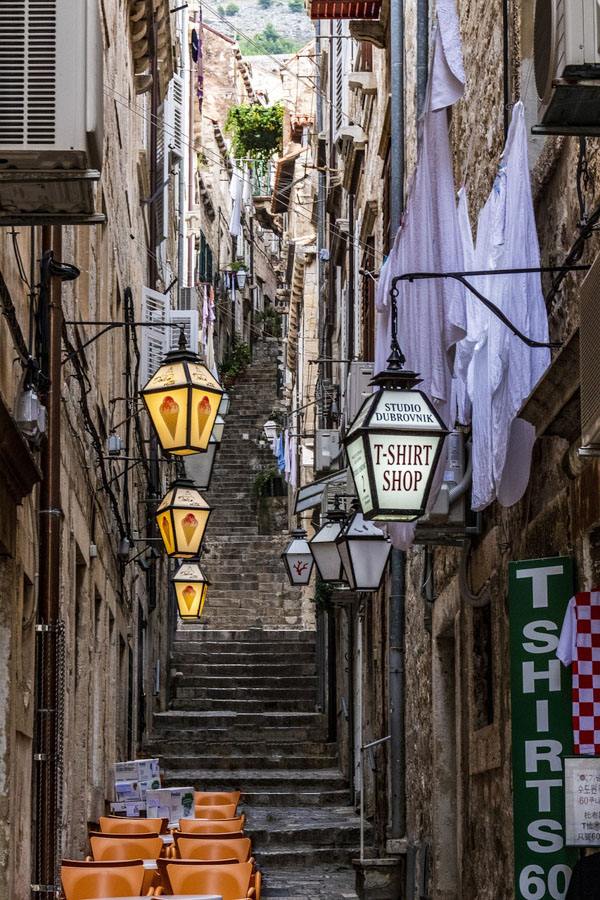
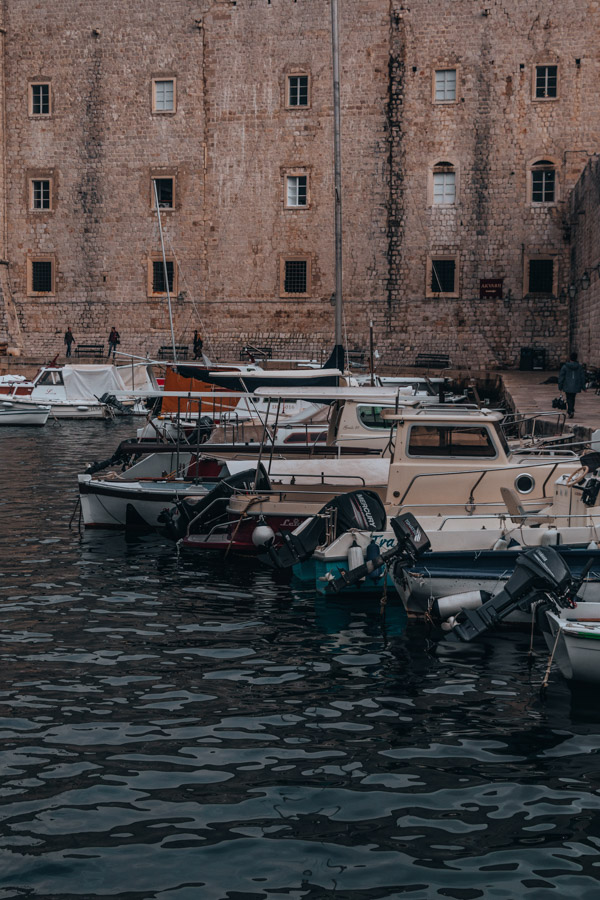
Winter in Croatia is always a quieter time with tourism slowing down. This is why many suggest visiting this country from December to February as the slow tourist season means fewer tourists which allows to explore attractions in peace and quiet and find cheaper accommodations.
Winter months in Croatia aren’t extremely cold, but winter weather always brings storms, strong winds, and rains, especially along the coast.
The bathing season ends in October, giving way to rain and strong winds. Snow is uncommon along the coast but can be found in the central and northern regions of the country, although it rarely stays on the ground for too long.
There are local ski resorts, however, they aren’t very popular beyond the country – more of a fun activity for locals during the weekends. The mountains here are not very high in general, so snow isn’t guaranteed, and Croatians who love skiing and winter sports usually prefer going to resorts in Italy, Slovenia, or Bosnia and Herzegovina, not vice versa.
Winter Weather in Croatia
And now let’s delve into Croatia’s winter climate and weather in more detail so you can understand what to expect.
The first thing you need to know – Croatia is a very elongated country from north to south, which makes the weather in different parts of the country completely different on the same day.
In the central and northern parts of the country, there is a moderately continental climate with average temperatures ranging from -5°C (23 F) to +7°C (44.6 F) in winter. Because of this temperature and frequent precipitation, on many days it feels like cold penetrates the bones which is why staying outdoors for many hours is very unpleasant.
In the mountains, the average winter temperatures range from +1°C (33.8 F) to -7°C (19.4 F).
On the coast of Croatia, the temperature varies by 5-7 degrees from Pula in the north to Dubrovnik in the south. Pula in winter is cold (by the coastal standard) and Dubrovnik is warmer. The average daily temperatures in January can hover around 7-15°C (44-53.6 F) depending on the region but frequent winds can make it even colder.
The weather along the Adriatic coast of the country is exceptionally changeable during the off-season in winter. Mornings may begin with sunny, windless weather, but a few hours later, rain, strong storms, or gusty winds may start.
Reasons Against Traveling to Croatia in Winter
My discussion here mainly focuses on the coastal areas of Croatia but it is still worth keeping it in mind even if you go to other parts of the country.
Talks about the lack of tourists and affordable accommodation prices in winter in Croatia have a flip side.
Yes, prices drop but most lodging options along the Croatian coast are resort-style. They are summer apartments with tiled floors and minimal heating, except for air conditioning. The winter along Croatia’s coast is damp and windy, and the coast is notorious not only for storms but also for the biting northern wind, called ‘bura,’ with gusts reaching 100 km/h.
More than 90% of accommodation options along the coast of Croatia are extremely cold as they were not designed for low temperatures. As in Spain in winter, south of Turkey (like Antalya for example), or Cyprus in winter, in Croatia flats and homes don’t have insulated walls and they all have single-glazed windows that don’t retain heat at all.
So even if there is some type of heat present in the apartment, it will be still cold inside.
Second thing to remember – all summer activities, numerous restaurants, yacht rides, and more are closed along the coast. Life slows down a lot.
And third – you can hope for relatively warm, calm, and sunny days (because they undoubtedly take place), but overall there’s a high risk of unpleasant and cold weather.
Times When Planning a Winter Trip to Croatia Is a Good Idea
I do not want to talk here about low prices and fewer tourists as it is obvious anyway. But there are some really valuable reasons why winter travel to Croatia can be quite fun. And they are:
1). Ability to explore indoor attractions. Croatia has a rich history and culture that found the reflection in museums, galleries, and historical sites. It’s a good idea to visit them, especially considering how many interesting museums are in the country.
Places like Diocletian’s Palace in Split and various museums in Zagreb offer fascinating insights into Croatia’s heritage.
2). Ability to visit cities that might be too hot to explore in summer. Dubrovnik, Split, Zadar, Makarska are just some good examples of those cities. Besides nature and beaches, they all have interesting historical sites, beautiful architecture, and winter festivals.
3). Opportunity to spend New Year’s Eve in Dubrovnik which is an amazing city in Croatia to visit in December. There are numerous celebrations, fireworks, concerts, and festivities in the historic Old Town, creating a memorable start to the new year.
4). Possibility to experience the enchanting Advent season in Zagreb where the city comes alive with festive lights, markets, ice skating, and holiday decorations. It’s a magical time to explore the capital city. (More on Advent below).
View this post on Instagram
5). Chance to go truffle hunting in Istria. Winter is truffle season in Istria, so it is a very unique time to go to the peninsula to experience the thrill of hunting for truffles with trained dogs in the Istrian forests. And afterward, enjoy truffle-infused dishes in local restaurants.
6). You can also enjoy natural attractions and experience winter traditions.
In the following section, I dive into specific places to visit and things to do in Croatia in winter.
Traveling to Croatia for Christmas & New Year
In all major cities of Croatia, there is great excitement for Advent, Catholic Christmas, and New Year.
This period spans from December 1 to January 7. During all this time, visitors can enjoy Christmas markets, street food, performances, and parades. Ice rinks are set up in squares, weather permitting, and in the evenings, there is music playing in the center.
New Year’s Eve is typically celebrated widely in squares with concerts, fireworks, and other entertainment. Main locations for New Year celebrations in Croatia include Zagreb, Split, Dubrovnik, Rijeka, and Pula.
To keep track of Advent events in Zagreb, here is a dedicated website. But you can look it up separately for any other city.
Best Places to Visit in Croatia in Winter If You Have Planned a Trip
Zagreb – the Capital
The capital of Croatia Zagreb is in fact one of those places that are really worth visiting in winter in Croatia, pretty much any month (but of course December and January are the best because of the holidays).
During the summer, many prefer the seaside and don’t reach Zagreb. However, this city is known as one of the best Christmas capitals and one of the cheapest places to travel in Europe for Christmas, with a large number of decorations, unique museums, and a wide variety of restaurants to suit every taste.
So what can Zagreb in winter offer to its guests?
Besides the holiday season, it is also very interesting to visit Zagreb in January thanks to its unique event ‘Night of Museums.’ Is it basically one day, the last Friday of January, all museums open their doors for free from 6:00 PM to 1:00 AM, featuring seminars, discussions, and special exhibitions, enriching each museum’s activities.
Besides Zagreb, “Night of Museums” also takes place in other major cities of Croatia, but in Zagreb here are the most interesting museums that you have to add to your Croatia wish list (for any winter visit):
1.) Museum of Broken Relationships: An extraordinary museum showcasing various items with histories of relationships that ended for different reasons.
2.) Museum of Illusions: While not very large, this museum is packed with illusions, puzzles, and other intriguing things that captivate both children and adults. Branches of the museum are also open to the public in Dubrovnik, Zadar and Split.
3.) Croatian Museum of Art: A vast collection of paintings for classical and modern art enthusiasts.
4.) Museum of Naïve Art: A small yet meaningful collection of works by outsider artists (self-taught), a delight for genre enthusiasts.
5.) Museum of Contemporary Art: A must-visit for those following modern trends in painting and sculpture. It’s a large museum with a permanent exhibition and current displays.
6.) Technical Museum of Zagreb: Showcasing a rich collection of machines and mechanisms, offering visitors various experiments and introducing them to the latest in the world of science and technology.
7.) Selfie Museum: A peculiar museum greatly appreciated by teenagers and young adults. It offers a vast number of selfie spots, and gives examples of shots great for selfie photos.
Sljeme Mountain Retreat
If you are all into winter sports and mountains, one of the top places that I could recommend to visit in Croatia during winter is the Sljeme ski center on the mountain Medvednica near Zagreb.
In this way, you can have a Zagreb city break and then have a day trip from Zagreb to Sljeme for a bit of snow fun (if there is snow of course, check weather forecast).
And if there is snow, then you can go skiing, sledding, ice skating, snowmobiling, or even do a bit of winter hiking. There are a few restaurants around, so you can also have quality time trying national cuisine in a chalet with wine while enjoying winter nature.
Plitvice Lakes National Park
This is a nature reserve and a national park of stunning beauty.
During the summer, many people want to visit Plitvice Lakes and see the pristine forests, rivers, lakes, and waterfalls that are hidden inside the national park. But in winter, not many go there due to the weather.
But exactly in winter, you have the opportunity to witness a real winter wonderland in Plitvice Lakes Park like frozen in time waterfalls or partially frozen streams (of course with lower temperatures), snow-covered paths on lakes (although be careful, they are slippery), or spot certain animals and birds that are adapted to colder temperatures and live in the park.
Not all locations are open in winter, but even the ones that are, leave an unforgettable impression. The key here is to dress warmly. It’s cool in the park even in the summer but in winter it gets very cold.
Istria Peninsula
Istria Peninsula and its towns are great to visit both in summer and winter. In winter though, you can stroll through the main city of the region, Pula, without the heat and crowds.
Here, you’ll find a rich heritage from Ancient Rome – the arena (a well-preserved Roman amphitheater where concerts and performances take place), the small Roman theater, ancient temples, and triumphal arches.
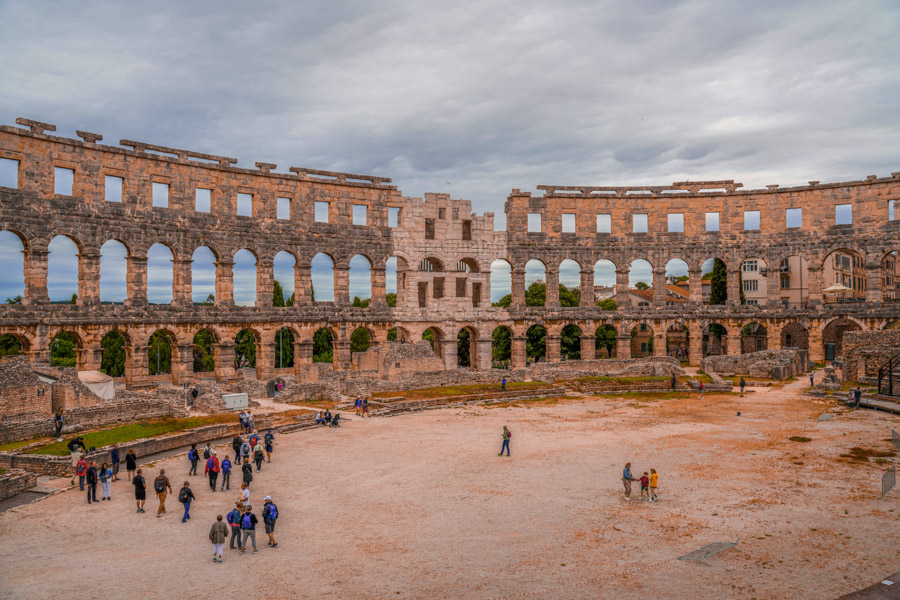
There’s also a rich influence from Venice and Austro-Hungary and during winter, you can easily explore the city’s architectural treasures without rush and heat. The archaeological museum of Pula is worth special attention too.
Winter is also the season for tasting various famous Istrian brandies (grappa), for which Istria is known. If you enjoy strong beverages, don’t miss this opportunity and check out at least one local distillery or winery.
In the same area, there’s a thermal resort Istarske Toplice near the city of Poreč, with a spa center and a hotel where you can not only relax but also improve your health.
Split City on the Coast
This large coastal city can be interesting to visit in winter for many reasons.
First – the historical Old Town hosts the well-preserved palace of the Roman emperor Diocletian. The palace area is so vast that it occupies almost half of the historical architecture of Split. Ancient Roman buildings coexist with Venetian and Austrian ones, creating a unique city atmosphere.
Second, in the vicinity of Split lies the Venetian city of Trogir, listed as a UNESCO World Heritage Site.
During summer, the city is bustling with many people, and reaching it by car can be challenging. However, in winter, you can explore all the churches, fortresses, and nooks of the Old Town.
For people who love running, the Split Marathon in February might be of interest. It usually takes place in the second half of February. Check the details and register on this site.
Dubrovnik – Medieval City
The city on the southern coast of Croatia is a magnet for tourists from around the world. The expansive Old Town, thick fortress walls bathed by the Adriatic Sea, breathtaking views from the funicular, and a film history tied to the shooting of Game of Thrones — all of these draw a multitude of visitors.
However, summer in Dubrovnik is just brutal with totally insane prices and crowds and crowds of people. In fact, visiting in summer can be the reason why you’ll hate this destination. It is also one of the most expensive cities to visit in summer which I thought was more expensive than anywhere in Switzerland or southern Norway.
This is why it brings me to the point – winter in Dubrovnik is the only time that allows for a quieter and more intimate experience with the city, away from the usual crowds and busy atmosphere. And of course, it is also much cheaper, just make sure to choose a hotel room (or the right type of apartment) to have proper heating not to freeze.
Warmest Places in Croatia in Winter if You Want to Flee the Cold
To find a warm (relatively) place where to escape cold you need to look at the stretch of Croatia between Split and Dubrovnik. Istria with the city of Pula is going to be cold and humid.
But again, warm in Croatia in winter doesn’t mean that type of warmth where you enter summer. The weather will be very much reminiscent of windy spring in northern Europe.
But on some days (if you get lucky), it may be so sunny that you’ll feel comfortable basking in the sun, although swimming will not be possible as the sea temperature is usually around +10+12°C degrees (50-53.6 F).
One More Thing to Add About Travel in Croatia in Winter…
Before I finish this post, I want to mention one more thing. If you have the luxury of time and can choose when to travel to Croatia, then choose the time of a carnival.
Winter carnivals are a highly popular tradition in Croatia that are celebrated in every capacity. Going to see one is a good reason to plan a trip to Croatia in January or February.
One of the most famous carnivals is the Rijeka Carnival which is one of the most grand winter carnivals in Europe together on the list with carnivals in Malaga and Tenerife. It usually takes place from mid-January to mid-February with a grand carnival parade on Valentine’s Day.
Every year, a large number of people come to watch and participate in the carnival. The Rijeka Carnival can be a great reason for a separate planned trip.
Other traditional winter carnivals also take place in Split, Dubrovnik, Zadar, and Pula.
More Guide About Winter Travel in Europe
- Montenegro in Winter – should you go?
- Turkey in Winter – things to know before you go & places to visit from December to February
- Cappadocia in Winter – that time when to go & when to skip it at all
- Winter in Istanbul – weather guide & best things to do
- Madrid in Winter – best things to do & must-know winter tips
- Valencia in Winter – how to make the best of a trip there
- Winter in Lucerne – one of the most magical towns in Switzerland
- Kyiv in Winter – what to expect from Ukraine’s capital city when it is cold
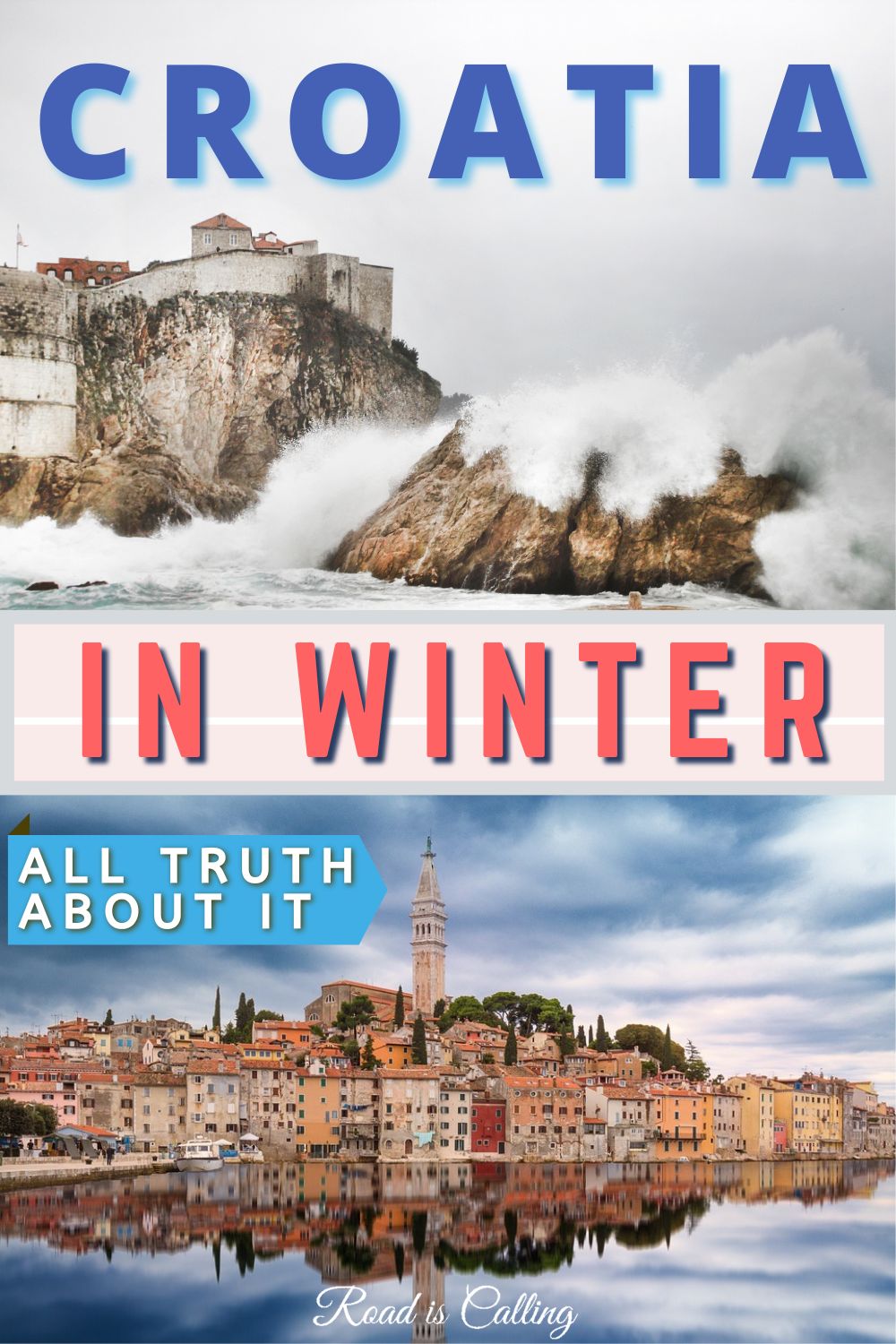
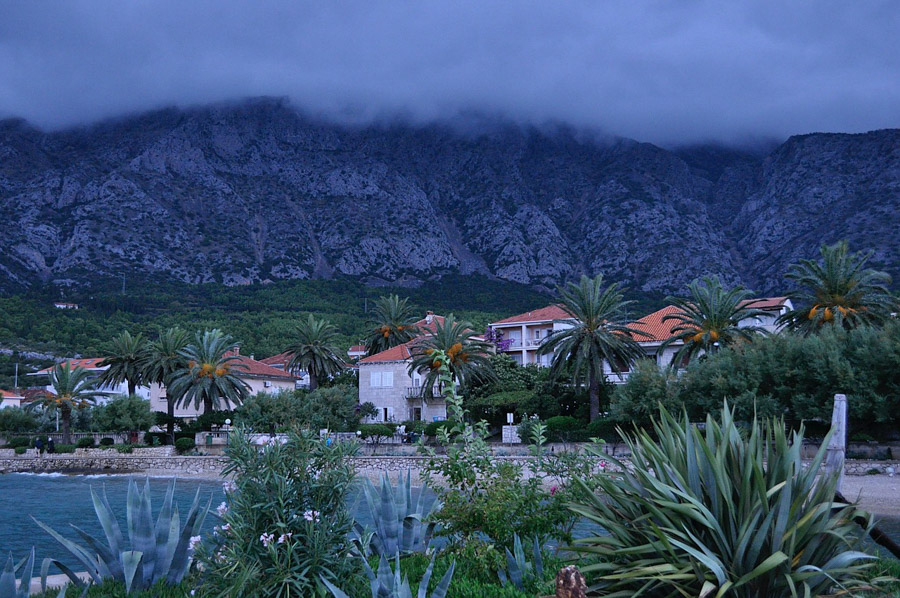
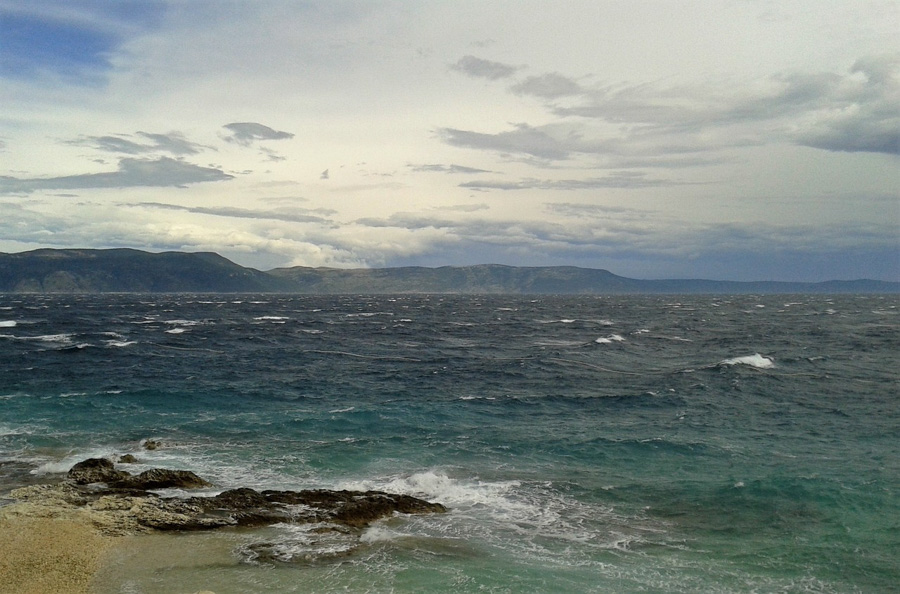
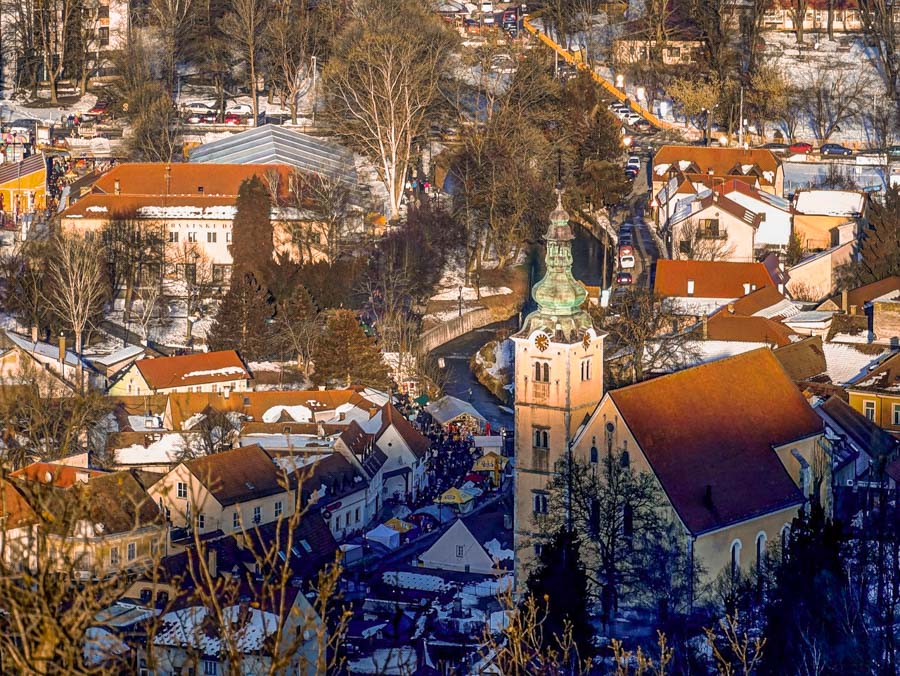
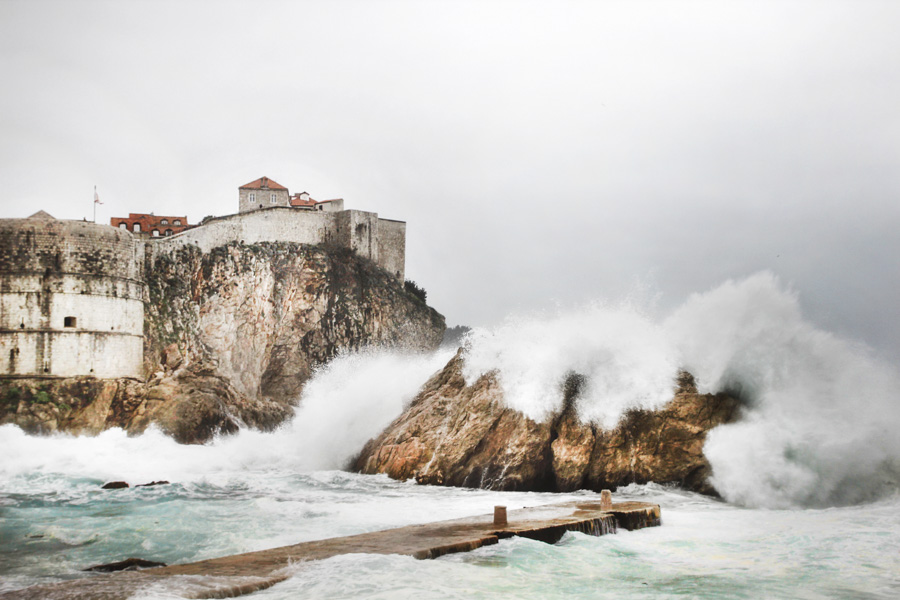
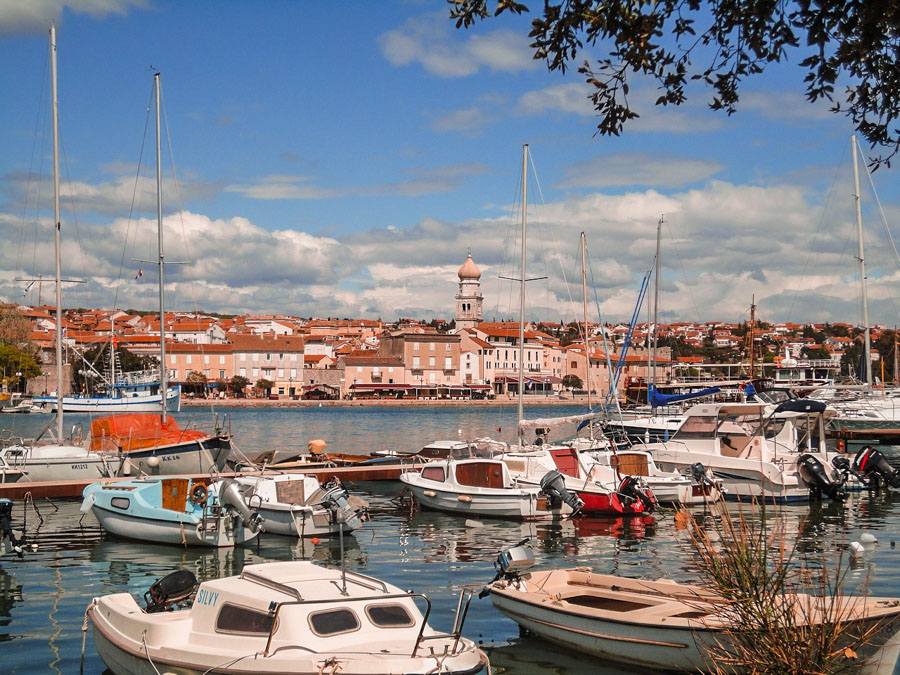
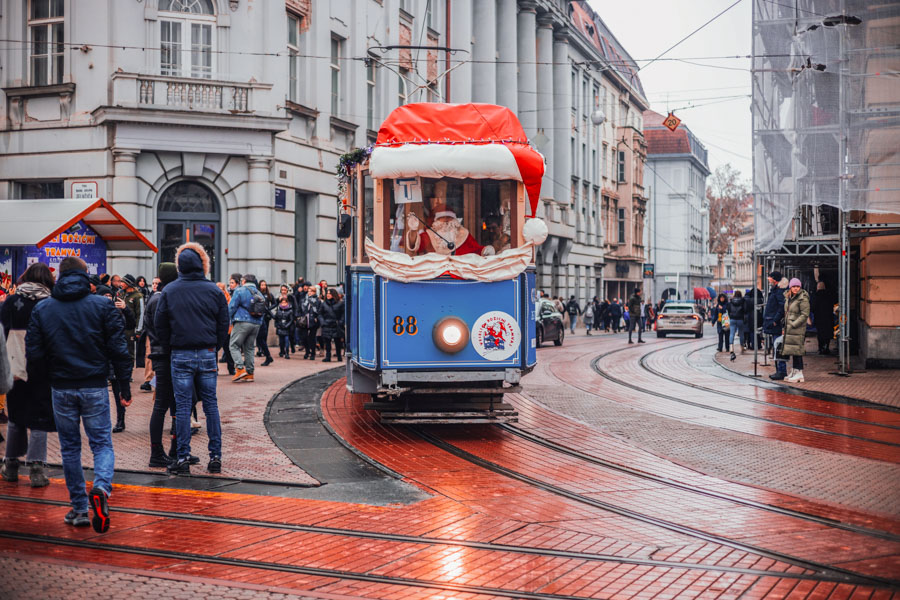
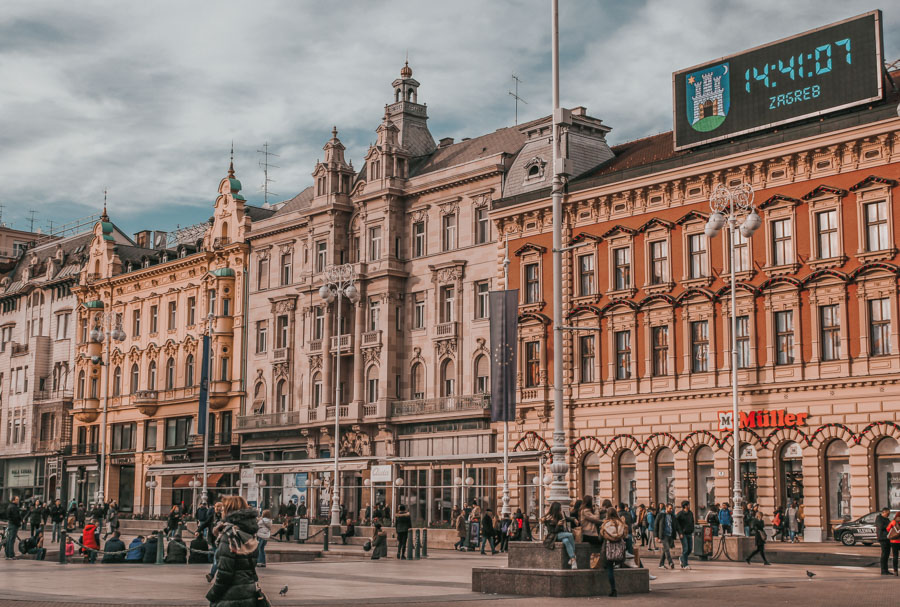
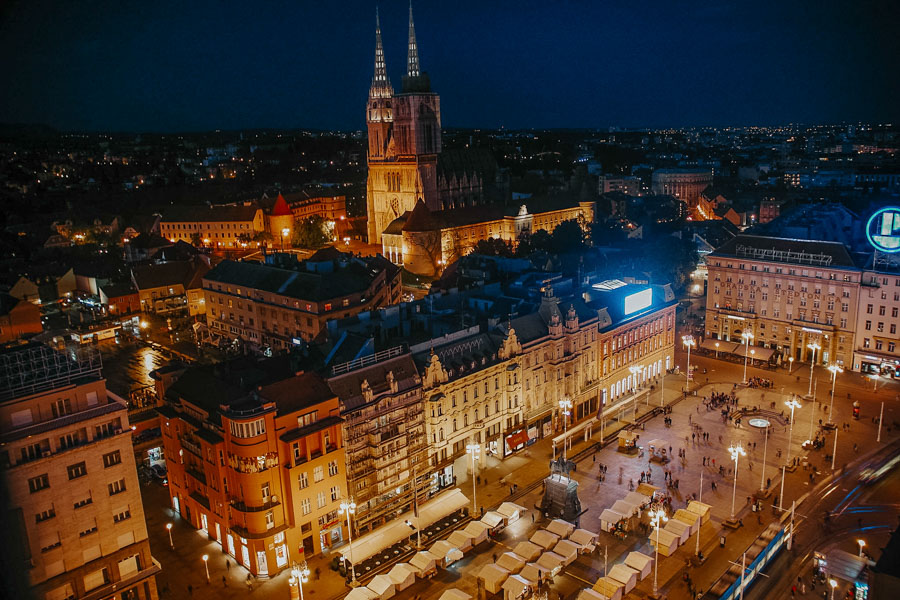
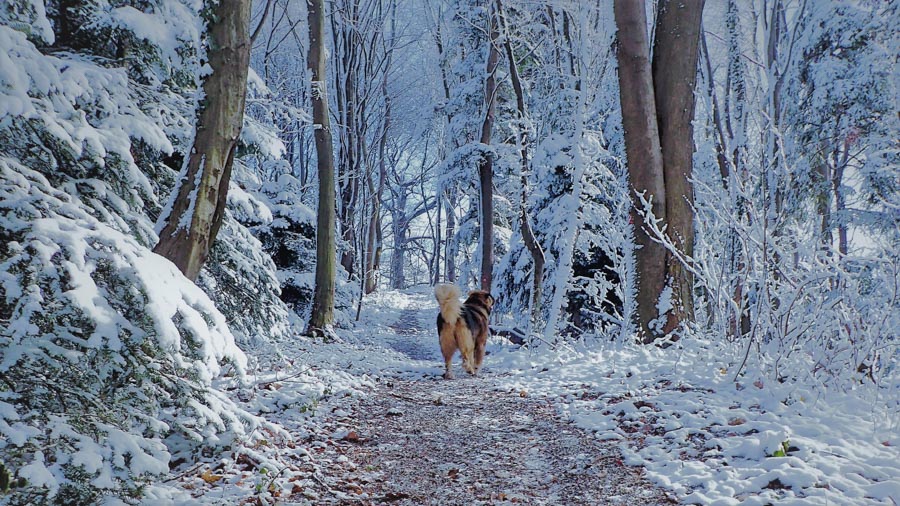
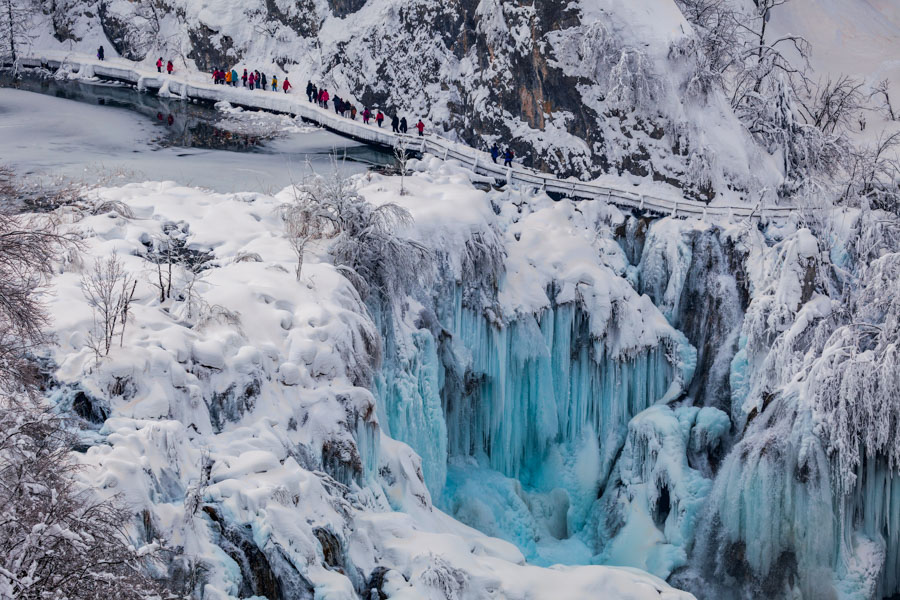
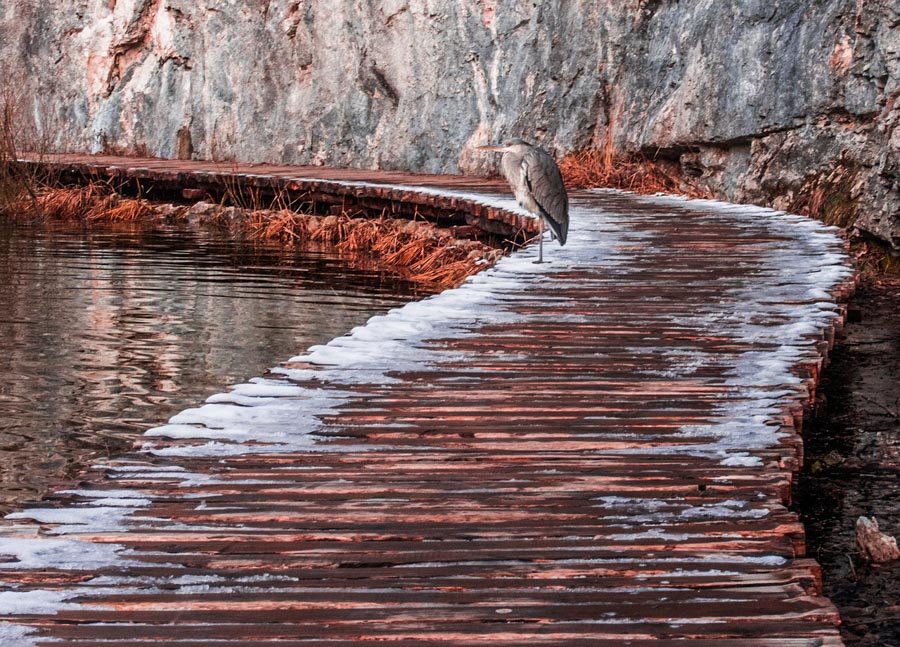
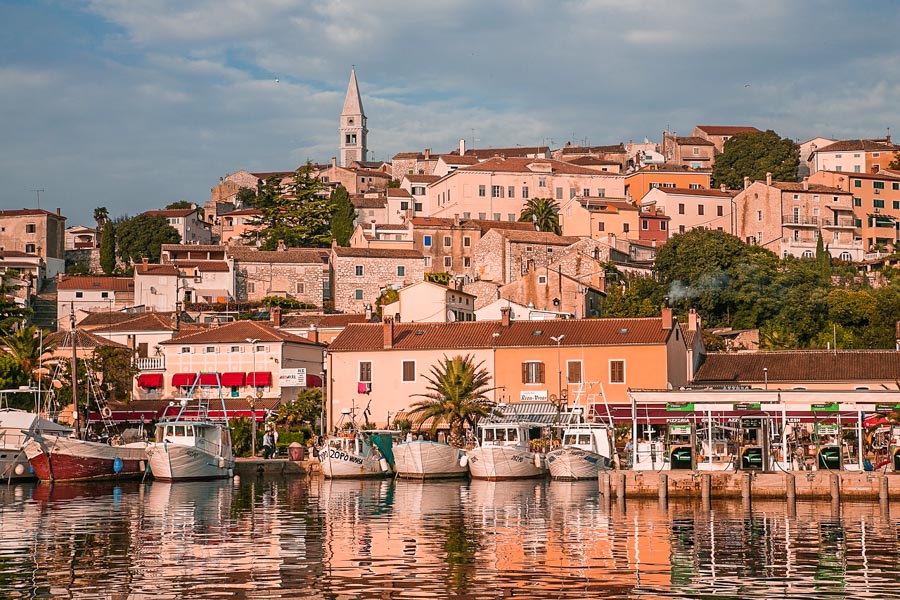
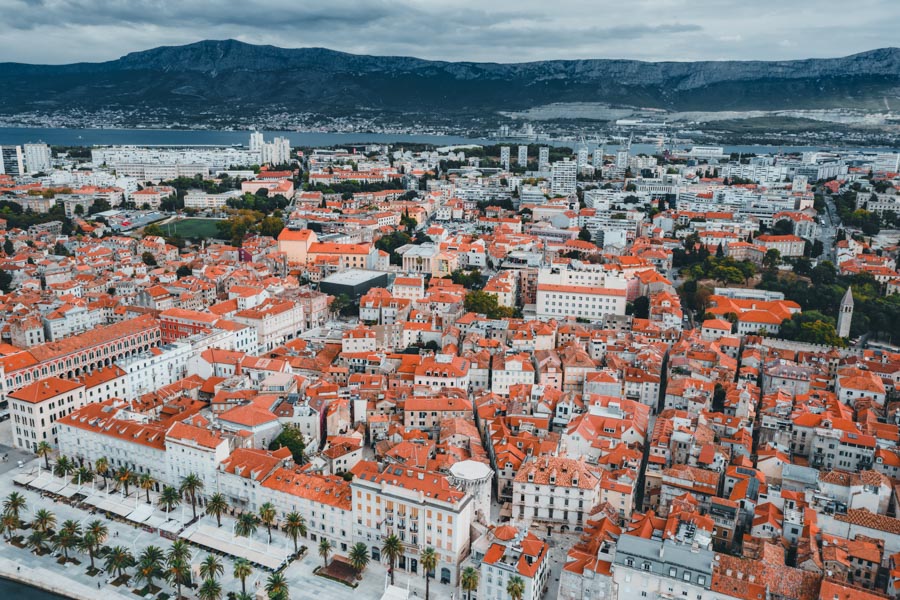
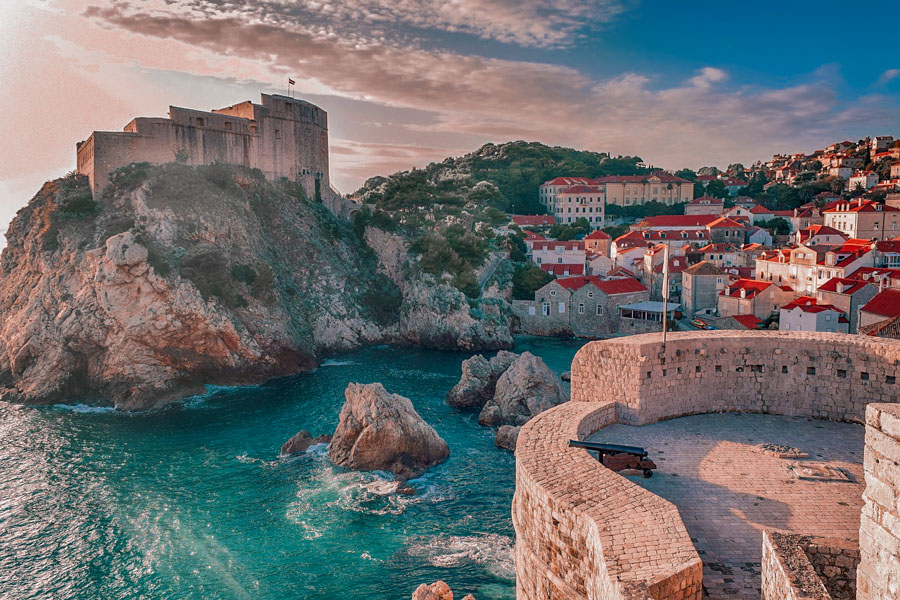
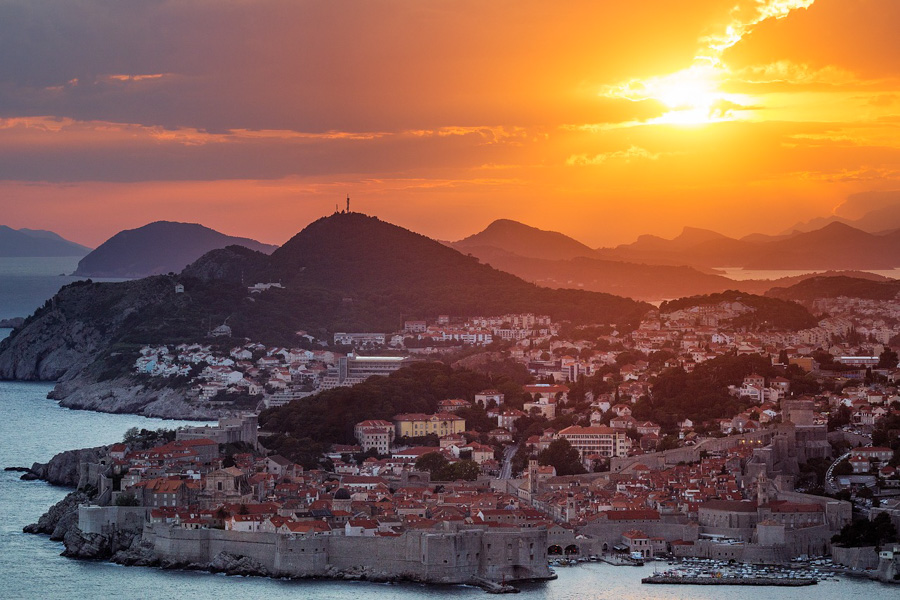
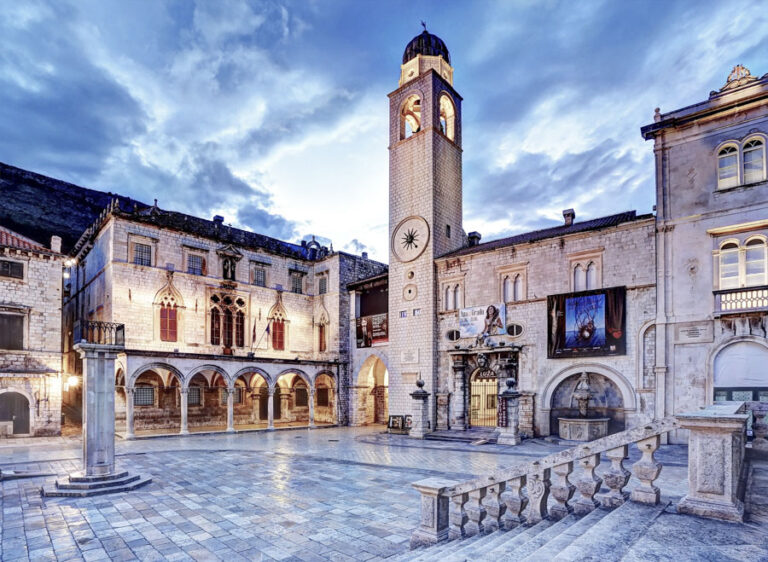
Thank you for this honest opinion! I always appreciate realistic overviews even though they may not be what I want to read.
I totally agree that Croatia in winter is dump and there is really not much to do. All things that are available are really not worth traveling for, especially for people who come from countries with rich nature and big number of activities.
Croatia is a country for summer travel and that time of the year when it is warm, not when it’s cold and raining for the most part.
Last year I went with my husband in January and it was a total waste of vacation. I wish I didn’t listen to those sites that sang praise to winter travel in Croatia trying to sell this country no matter what. I now want to return to see it in summer!
Hi Tasha, January is a bad month for travel in Croatia in winter, especially weather-wise. So to be honest, that’s not surprising you didn’t enjoy your vacation. Especially if it happened to be raining most of the time or if you didn’t have a car to travel around the country in comfort.
Being in Croatia in winter can be still good if you get lucky with the weather and if your expectations are not high. It is a good country where to go in winter for the change of scenery and to get away from your routine (plus you can travel on a budget) if you are traveling from another European city from where it is cheap to fly. But other than that, I’d better push your visit to a later month.